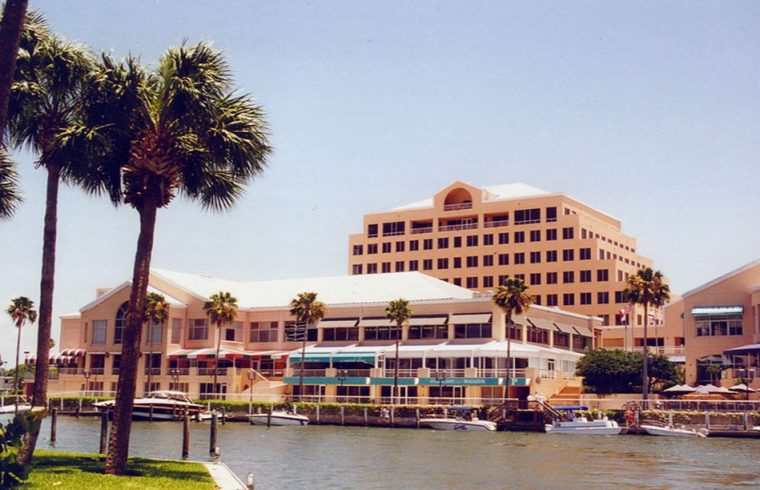Our soaring economy may be leaving some Floridians behind.
Sarasota news events:
For six weeks, Florida Matters will explore how the state’s population boom is affecting important issues in our lives. In “Our Changing State,” we’ll share stories from local residents about how change has affected them. We’ll then invite experts in to answer questions you and your neighbors submitted through an online survey about each of these issues.
In the fifth part of our series, we’re talking about the economy.
Florida’s economy has been labeled white hot, with a $1.4 trillion GDP and unemployment of 2.6%. That’s nearly a percentage point below the national unemployment rate.
But our soaring economy may be leaving some Floridians behind. Inflation here is outpacing the rest of the country, and many residents struggle to afford housing and other necessities. And low unemployment means some businesses are finding it hard to staff up.
WUSF’s Craig Kopp caught up with Bradenton restauranteur John Horne at the Bradenton Oyster Bar on Cortez Road recently, just as the restaurant’s staff was preparing to open. Horne owns five restaurants in the Bradenton area that include several Anna Maria Oyster Bar locations. Before they sat down to talk about the changing economics of the state of Florida, they took a quick tour of the place.
Low-paying jobs will keep FL at the bottom while income disparity will get worse and create more disparity and dissension. – Bill Stokes, St. PetersburgMichael Snipes: That’s really not unique to Florida. That’s been a problem for the entire country since at least the early 1980s. So we talked about increasing the minimum wage by $1 and we can look and say, ‘Well, if we went from $10 an hour to $11 an hour, that was a 10% pay increase.’ But that’s really only $1 per hour. What we really need to keep an eye on is that when we see these minimum wages going up, we kind of automatically think, ‘Oh, this has to be a good thing.’ But what we need to keep an eye on is not just incomes but it’s also pricing. So if prices are increasing more quickly than wages are, then on net, you’re worse than you were the year before.The rich got tremendously wealthier and are paying even less to support the infrastructure that made them wealthy while the middle class is groaning under increasing taxation, lower and lower incomes, and problems such as inflation and post-COVID problems. I had to take out every penny of my retirement to survive through COVID and still had to declare bankruptcy despite working every gig job I could find. – Emily Lane, BradentonSteven Meier: Some of the other things that we’re seeing, some of the other barriers: housing cost. Affordable housing is really a big barrier here in Pinellas County. Over 55% of the families are housing burdened in Pinellas, meaning they pay more than 30% of their income for housing, and severely burdened, there’s almost 27% paying more than 50%. Childcare: the average full-time daycare center is over $1,300 per month nationally, $15,900 a year, whatever. In order for them to afford to go back to work, they need at least $25 an hour after taxes to be able to make it worthwhile. So there’s transportation barriers, childcare barriers, housing barriers. You can’t just look at the wages. It’s other factors as well.













